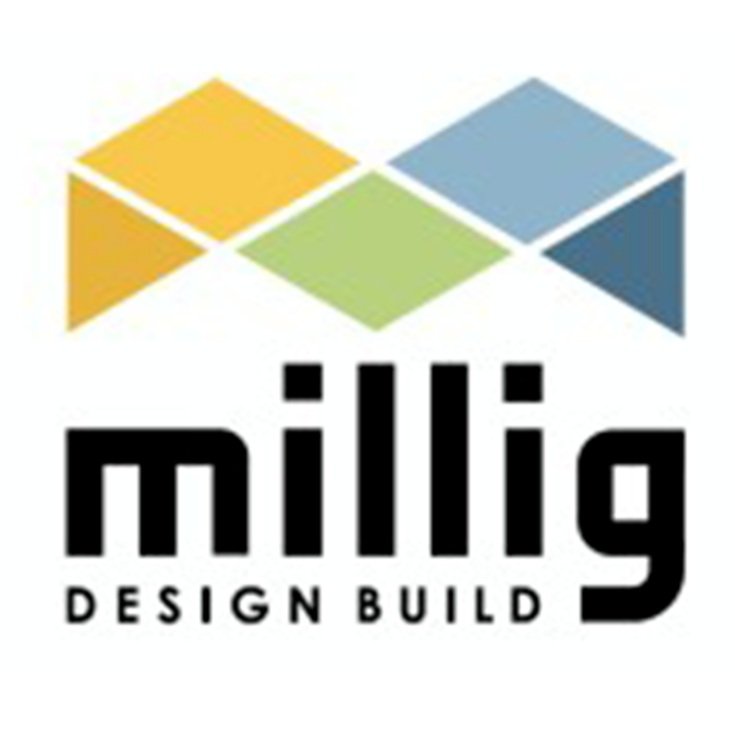
By Amy McVey
Top-to-Bottom Planning
for a More Energy Efficient Facility
On average, 30 percent of the energy consumed in commercial buildings is wasted. This represents not just an unnecessary cost but also a significant source of emissions contributing to climate change. The good news is that there are many steps you can take to improve the energy efficiency of your facility, thereby reducing both your costs and your environmental footprint.
Before diving into specific strategies for enhancing energy efficiency, let's establish a foundational understanding of what it means for a building to be energy-efficient. Energy efficiency in a building implies that it is designed and operated in such a way that it uses the minimum amount of energy to function effectively. From the heating and cooling systems to the lighting and appliances, every aspect of the building is optimized to prevent energy wastage.
Understanding Your Building's Energy Consumption
The first and perhaps most crucial step towards achieving a more energy-efficient facility is to comprehend its current energy consumption patterns. By identifying where and how energy is being wasted, you can prioritize areas for improvement and make the most cost-effective investments in energy-saving technologies.
Millig's facility analysis provides a comprehensive assessment of your building and its assets, including the estimated costs and potential energy savings associated with various recommended projects. This analysis is an invaluable tool in guiding your facility's path to energy efficiency.
Diving Into Popular Energy Efficiency Upgrades
Once you have a clear understanding of your facility's energy consumption, it's time to explore the myriad of ways you can improve efficiency. Here, we'll explore some of the most popular and effective upgrades.
Lighting
Lighting is an excellent area to focus on because it's one of the best energy reduction strategies. By upgrading from traditional incandescent light bulbs to LED lighting, you can save up to 75% on energy costs. Furthermore, the adoption of daylighting strategies, which involve utilizing natural light through windows or skylights, can further reduce energy use and costs.
Roofing & Facades
The materials and design of your building's roof and facades can have a considerable impact on its energy efficiency. Light-colored or reflective roof surfaces and coatings, for instance, reflect the sun's heat away from your building, reducing the cooling load. Additionally, vegetation roof surfaces, also known as green roofs or living roofs, provide extra insulation, thereby reducing heating and cooling costs. Incorporating sunshading devices and building-integrated photovoltaics (BIPV) into your building's design can also contribute to significant energy savings.
Windows & Shades
Windows play a vital role in managing the amount of heat and light that enters your building. Options such as low-E glazing, automated window shading systems, and operable windows allow for natural ventilation and control over heat and light entry based on the time of day and the weather conditions.
HVAC & Controls
The heating, ventilation, and air conditioning (HVAC) systems of a building often account for a significant portion of its energy consumption. Ensuring regular maintenance, implementing building retrocommissioning to identify and correct inefficiencies, and replacing inefficient systems with high-efficiency alternatives are all strategies that can dramatically improve your building’s energy efficiency.
Building Controls & Sensors
Integrating building automation systems (BAS) and occupancy sensors into your facility allows for the remote control and monitoring of HVAC systems, thereby identifying areas where energy is being wasted and optimizing systems for energy efficiency.
Conclusion
While the list of possible strategies for enhancing energy efficiency is extensive, the unique characteristics of your building and the local climate will determine which strategies are the most effective and cost-efficient. Engaging Millig Design's services can help you make informed decisions and ensure that your facility is as energy-efficient and sustainable as possible. The benefits of this investment can be seen not only in reduced energy costs and emissions but also in an improved working environment and enhanced building value.
About Amy McVey
Amy is passionate about increasing the environmental quality of the built environment and lowering the impact buildings have on climate change. As the Director of Marketing, Amy works closely with Millig Design Build’s interdisciplinary team to elevate thought leadership around energy efficiency, building health and safety, indoor air quality, and decarbonization. Before helping start Millig Design Build, Amy worked in advertising as a creative director.
OUR SOLUTIONS
Heating, ventilation, and air conditioning
Smart meters and building controls
On-site solar and other renewable energy systems
LED lighting retrofits
Building envelope improvements
Water systems
CHP-Cogeneration
And more
CONTACT US
OUR SOLUTIONS
Heating, ventilation, and air conditioning
Smart meters and building controls
On-site solar and other renewable energy systems
LED lighting retrofits
Building envelope improvements
Water systems
CHP-Cogeneration
And more
CONTACT US


